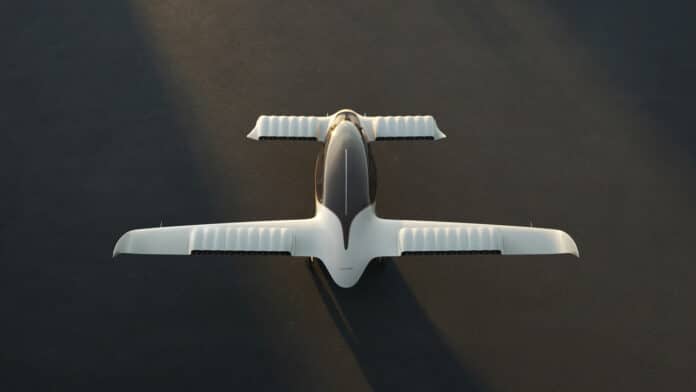Lilium, a Germany-based manufacturer, has started the wind tunnel testing on a complete 1 to 2.5-scale Lilium Jet model, measuring 40% of the future aircraft’s size, at the German-Dutch Wind Tunnels (DNW) facility in Marknesse, Netherlands.
Having started in early May, the testing will enable Lilium to obtain a comprehensive aerodynamic dataset to validate its flight physics and performance predictions. The dataset will cover the complete aircraft flight envelope from hover to cruise.
The company describes this model as the most advanced ever to be tested in a wind tunnel. The scale model was built according to the latest Lilium Jet design by TGR-E, a provider of high-end manufacturing solutions, together with IBK-Innovation, an aerospace design company.
It is capable of delivering a complex dataset that will cover all flight phases from hover to cruise. The large size and low scaling factor chosen for the model allow test data to be generated that is representative of the full-scale aircraft in all phases of flight.
The scale of the model was also made possible by the dimensions of the DNW facility, which is the largest of its kind in Europe, with more than 30 feet in width (9.5 meters). Each flap is remotely actuated and equipped with electric ducted fans built to scale by electric aerospace propulsion specialist Schuebeler Technologies.
DNW has played an important role in the development of the aviation sector since its establishment in 1976 by the German Aerospace Center DLR and the Dutch National Aerospace Laboratory NLR. DNW’s wind tunnels have been used in the development of all Airbus aircraft, as well as the Embraer E-jet family and numerous helicopters.
“This is an important step in our aircraft program, and it is very exciting to see this large-scale Lilium Jet model with working engines and wing flaps,” Alastair McIntosh, Chief Technology Officer, Lilium, said. “We’ve been enormously impressed by the cooperation with DNW so far and the support provided by TGR-E and IBK. We look forward to generating vast amounts of aerodynamics data on the aircraft and building further confidence in our design tools as we prepare for the start of final assembly later this year.”
